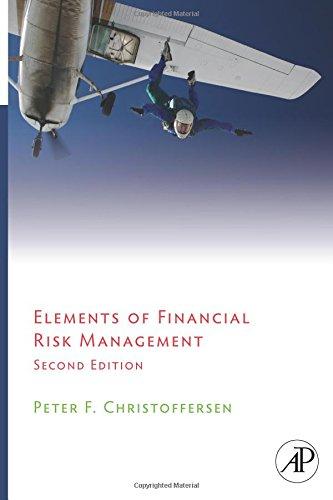Question
Investment Strategy We will consider an portfolio optimization problem of the form: max Rn T ( p) TQ( p) Xn i=1 m i i =
Investment Strategy We will consider an portfolio optimization problem of the form: max Rn T ( p) TQ( p) Xn i=1 m i i = m T Xn i=1 i = 1, 2 i 2, (1) where Q is the Identity matrix (with diagonal elements equal to 1), p is the composition of a reference Portfolio (the previous Portfolio for backtesting, otherwise p has all its components equal to 1/n) and is a small regularization parameter to limit the turnover (alternative: Q = , the covariance matrix); m i = cov(ri , rM) 2 (rM) is the Beta of security Si as defined in the CAPM Model so that m P = Xn i=1 m i i is the Beta of the Portfolio; m T is the Portfolios Target Beta, for example m T = 0.5, m T = 1, m T = 1.5. The French Fama factor models are well documented in the literature but reminded here for reference. For instance, under the 3-factor model, the return of a security is given by the formula ri = rf + 3 i (rM rf ) + b s i rSMB + b v i rHML + i + i (2) with E(i) = 0 in such a way that we have in terms of Expected Returns i = rf + 3 i (M rf ) + b s i SMB + b v i HML + i .
Step by Step Solution
There are 3 Steps involved in it
Step: 1

Get Instant Access to Expert-Tailored Solutions
See step-by-step solutions with expert insights and AI powered tools for academic success
Step: 2

Step: 3

Ace Your Homework with AI
Get the answers you need in no time with our AI-driven, step-by-step assistance
Get Started


